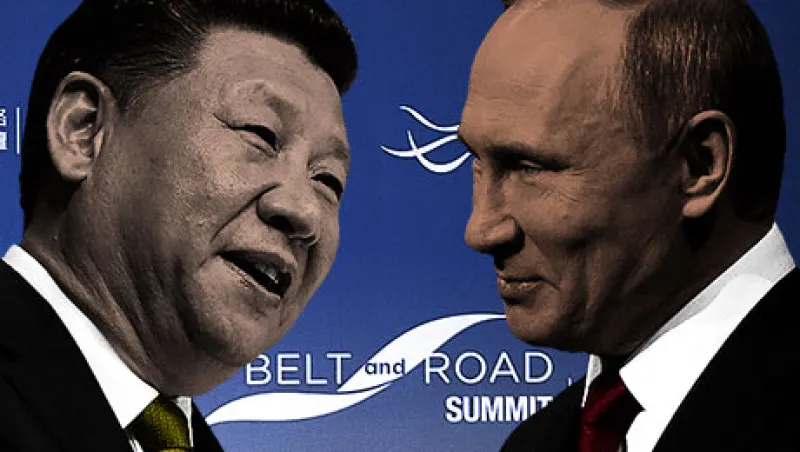The Russian Direct Investment Fund, a Russian sovereign wealth fund, has announced two partnership arrangements with Chinese counterparts in a move that will further deepen investment activities between the two countries.
In the first of two announcements, RDIF said it was establishing a new fund with 68 billion in renminbi ($10 billion) with the China Development Bank. The fund will be designed to invest in the One Belt, One Road and Eurasian Economic Union initiatives. One Belt, One Road is a project led by China and designed to improve trade and development between China and Eurasian countries. Russia, meanwhile, established the Eurasian Economic Union, a Russian-led geopolitical and trading bloc, in 2014.
RDIF followed this with the news that it plans to further bolster assets in the existing Russia-China Investment Fund (RCIF), a private equity fund designed to develop bilateral economic, trade, and investment relations between Russia and China. In a joint media statement, RDIF and the China Investment Corporation, China’s $813 billion sovereign wealth fund, announced they plan to invest an additional $1 billion in RCIF.
That fund, which launched in 2012, invests in assets in both countries as well as in opportunities in the Commonwealth of Independent States. To date, the fund has committed to 19 investments in a wide spectrum of sectors, from manufacturing and transport infrastructure to finance and technology.
Qing Zhang, executive vice president of CIC’s direct investment arm, said in the statement announcing the moves that RDIF had proved to be a trustworthy investment institution and reliable partner since RCIF launched in 2012. The Russian state-owned news agency TASS reported on Monday that the fund was to invest an unspecified amount in Chinese online steel trading exchange Zhaogang.
Sergey Dergachev, senior portfolio manager for emerging-markets debt at Union Investment Privatfonds in Frankfurt, tells Institutional Investor the announcements underscore an increasingly strengthening partnership between China and Russia on economic matters. And because the funds are renminbi denominated, they will not fall under the jurisdiction of U.S. sanctions on Russia, according to a Financial Times report.
“The current geopolitical environment is relatively tense, and there are some alliances forming,” Dergachev says. “The bond between Russia and China has emboldened over the past ten years. Since Russian sanctions were introduced by the West, we have seen China playing a much more significant role.”
He says evidence of this strengthening alliance was visible at the recent One Belt, One Road summit in Beijing in May, when Russian President Vladimir Putin was pictured beside Chinese President Xi Jinping in the photo op. But while China’s Belt and Road initiative is universally applauded for its ambitions, investors have become increasingly concerned about debt levels in the country. In a report published Tuesday, Jason Pidcock, portfolio manager at fund firm Jupiter Asset Management, warned that debt levels in China have grown considerably over the past eight years, while countries that were burned by the global financial crisis in 2008 have been keen to pay down debt. This, he warns, will increasingly become an issue for China in the months ahead.
“China’s total debt-to-GDP ratio soared to nearly 280 percent by the end of 2016,” he wrote. “Unprecedented levels of leverage are building up in the system and, in my opinion, China’s debt-fueled growth is simply unsustainable.”
Dergachev says any deterioration in China’s economic environment could have a significant negative impact on the completion of its Belt and Road initiative.







